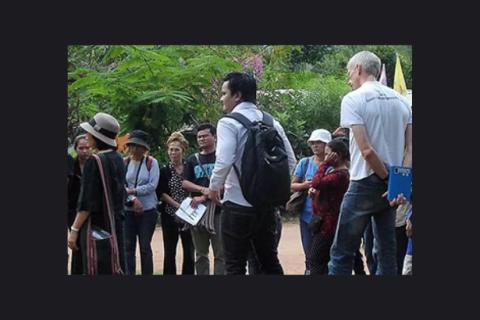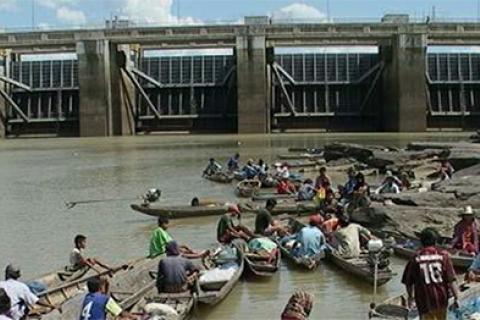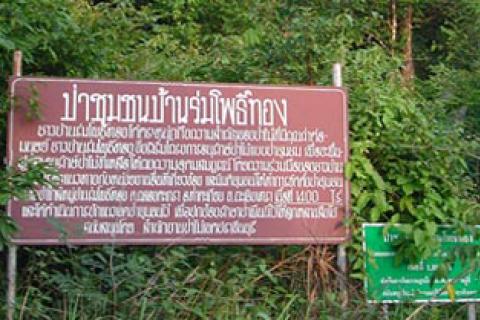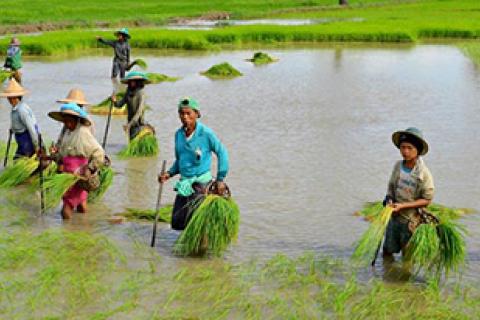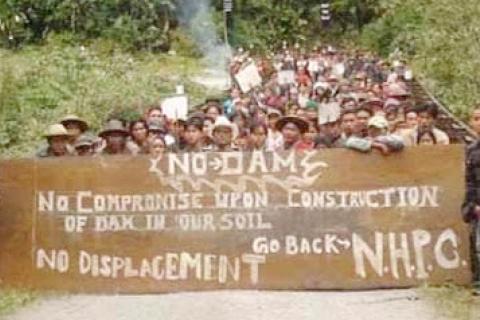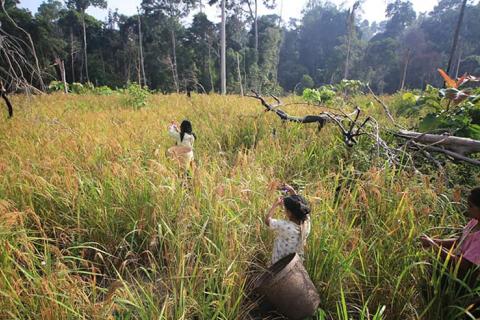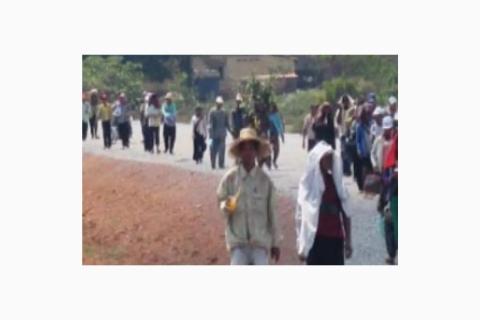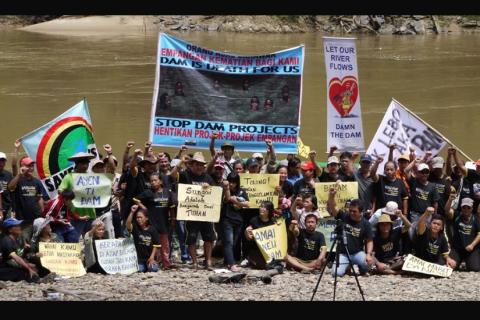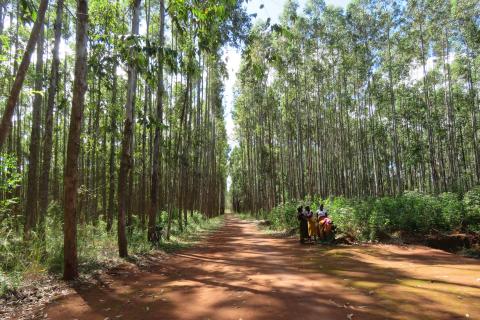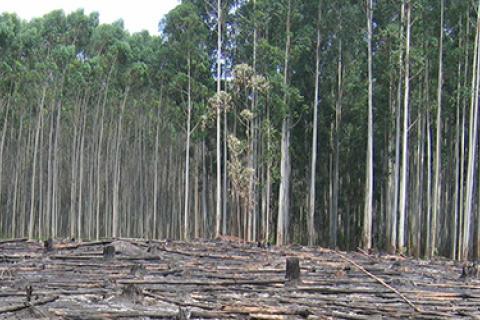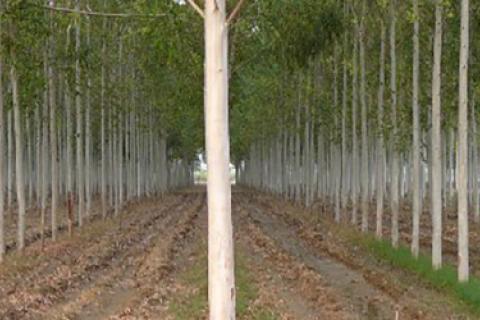Bulletin articles
Thailand's modern forest politics has had many phases. In the 19th century, the British began logging the country for teak. In the 20th century, other commercial loggers eventually took over. State agencies anxious to deny the forest to insurgent movements meanwhile promoted commercial agriculture and hydroelectric dams as well as timber extraction. In 1989, with the country's once-vast forests severely depleted, logging was officially banned.
The region typically known as “India’s North East” or also referred to as just “North East” is linked tenuously with mainland India by a roughly 20 kilometer-wide land bridge, and surrounded by Nepal, Bhutan, China, Myanmar and Bangladesh. There are over 200 indigenous and tribal communities living in this region, most of whom share similarities in culture, food, clothing, economy and polity, and evolved diverse laws and institutions specific to each tribe.
Almost 20 years ago, in the Japanese city of Kyoto, the Oilwatch network along with over 200 other organizations launched the pioneering proposal of the oil moratorium, in order to put an end to the problems that occur where fossil fuels are extracted, and also as the most effective way to combat climate change. Since then the campaign to leave hydrocarbons underground has spread all over the world. Oilwatch's arguments have finally been heard and embraced by many people.
Years before governments adopted the Paris Agreement, international initiatives promising millions of hectares of reforestation and forest restoration were launched, supposedly to benefit the environment and local communities. Yet, not one example of reforestation at scale exists that has achieved the promised benefits for communities and the environment.
